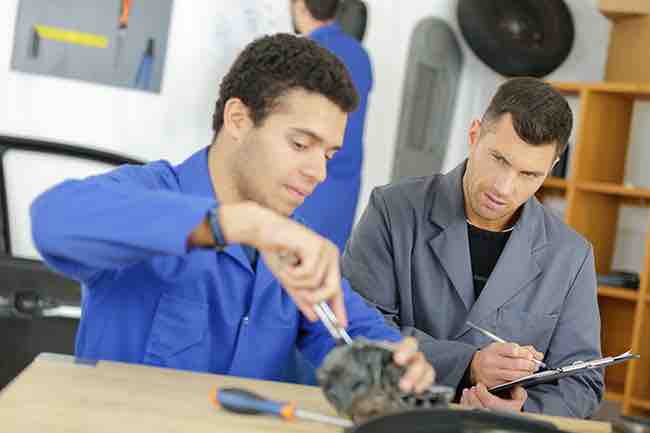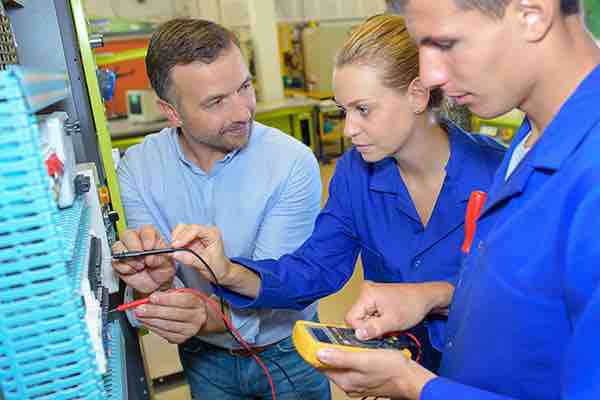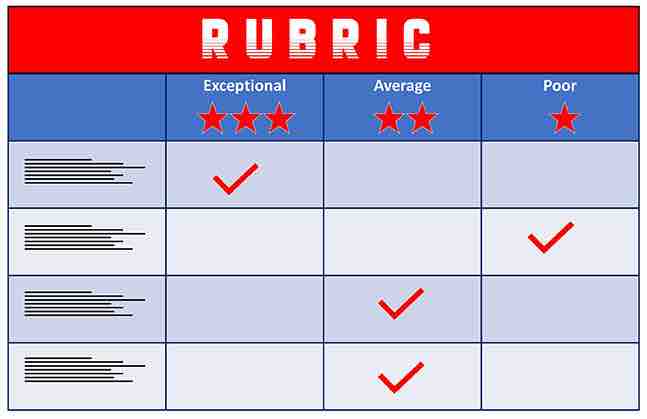10 Effective Strategies for Assessing Project-Based Learning

Project-Based Learning (PBL) is an engaging and dynamic educational approach, but assessing it can be challenging. In this comprehensive guide, we’ll explore the top 10 methods for effectively evaluating PBL, ensuring that educators can accurately measure student progress and learning outcomes.
Assessing Project-Based Learning requires a multifaceted approach. By incorporating these 10 strategies, educators can provide comprehensive and accurate evaluations of student projects, ensuring a deep understanding of their skills and progress. Remember, the goal of PBL assessment is not only to grade but to enhance the learning experience. [Read more about the benefits of PBL in modern education].
Custom Rubrics: The Cornerstone of PBL Assessment
Custom rubrics are essential in PBL assessment. By setting clear criteria for research quality, creativity, teamwork, and problem-solving, rubrics provide a structured way to evaluate student projects. [Learn more about creating effective rubrics here].
The Power of Self-Assessment and Reflection
Self-assessment encourages students to reflect on their learning journey. This method not only aids in personal growth but also helps educators understand students’ self-perceived strengths and weaknesses. [Read about effective self-assessment techniques].
Peer Assessment: Fostering a Collaborative Learning Environment
Involving peers in the assessment process offers unique insights and reinforces collaborative skills. This method allows students to give and receive feedback, enhancing the learning experience for all. [Discover more about peer assessment in PBL].
Observation and Anecdotal Records: Capturing the Learning Process
Observation and anecdotal records provide real-time insights into student engagement and problem-solving strategies. This ongoing assessment is crucial for understanding student progress. [Explore how to effectively observe and record in PBL settings].
Showcasing Skills: Presentations and Demonstrations
Presentations and demonstrations are excellent ways for students to showcase their understanding and communication skills. This method assesses both the final product and the student’s ability to articulate their work. [Find tips on preparing effective PBL presentations].
The Comprehensive Portfolio Approach
Portfolios offer a holistic view of a student’s effort and learning throughout the project. Including various elements like research notes and reflections, portfolios are invaluable for comprehensive assessment.
Evaluating Project Outcomes for Quality and Originality
Assessing the final product – be it a model, digital creation, or research paper – is vital. This focuses on the quality, originality, and functionality of what students have produced. [Read about assessing project outcomes effectively].
The Role of Formative Assessments in PBL
Formative assessments, such as quizzes and short writings, help gauge understanding of key concepts as they are learned. These are integral to the PBL process.
One-on-One Teacher-Student Conferences
Personalized feedback through teacher-student conferences can significantly enhance the learning experience. These meetings allow for in-depth discussion and tailored guidance. [Find out how to conduct effective conferences].
Integrating Subject-Specific Skills in Assessment
In projects that integrate various subjects, it’s important to assess how students apply skills and knowledge from these areas. This ensures a well-rounded evaluation of their abilities.
Here are a few related topics to check out:

